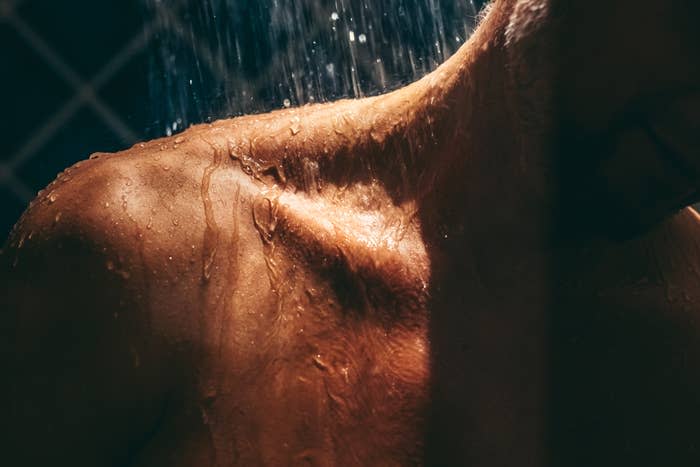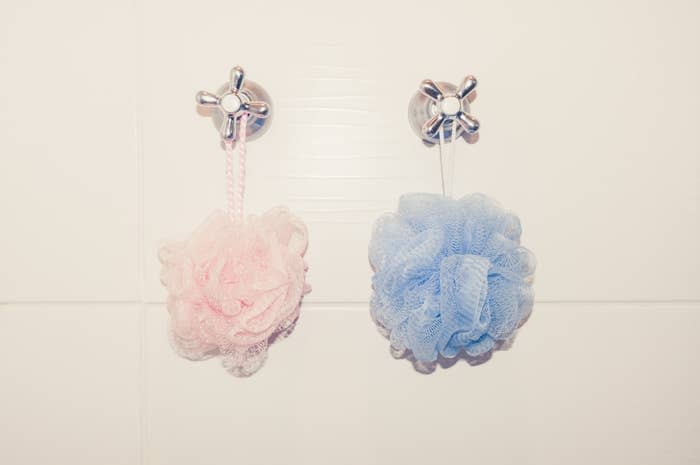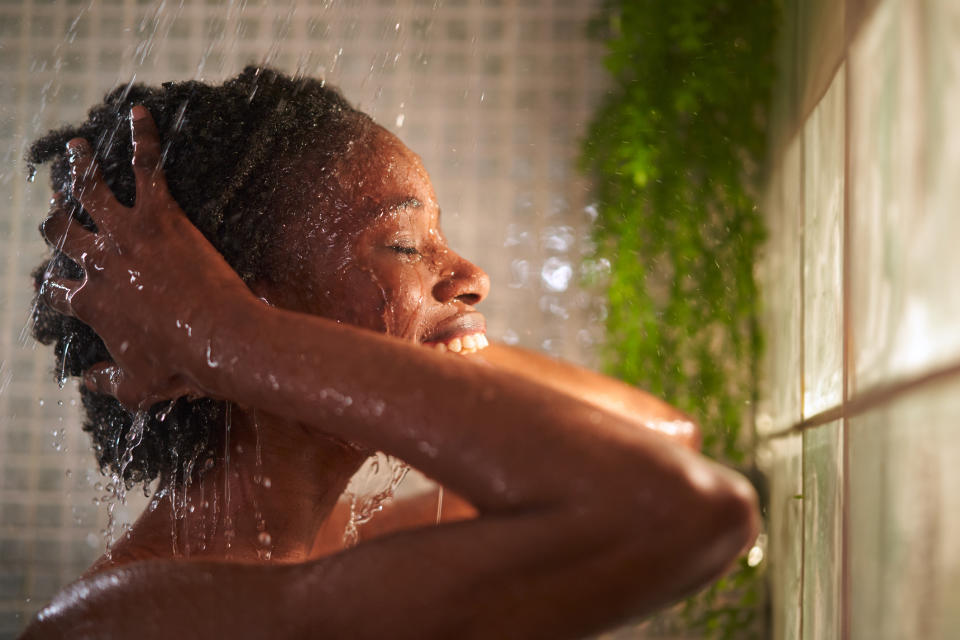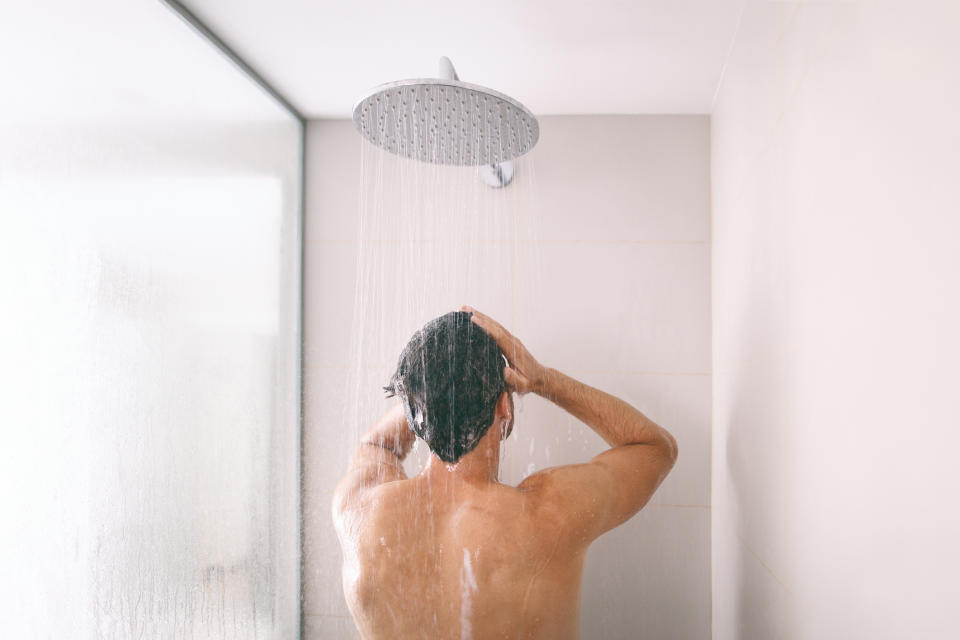It Turns Out That Most People Wash Their Bodies Completely Wrong, But This Doctor Is Here To Teach Us The Right Way

For many of us, showering is not just part of our personal hygiene routine — it might be the only few minutes of peace, tranquility and reflection we get to ourselves in the day. And while the particulars of our showers might vary in terms of nature, duration and temperature, one thing remains constant: the quest to get squeaky clean.
Our shower habits are usually based on how we were raised and our cultural backgrounds. That means some of us are all about the loofahs, others are team washcloth, and some rely on a sponge. But is all that exfoliating actually good for our skin?

As we age, after all, so does the largest organ of our body: our glorious, sexy skinbag. Keeping our skin as healthy and supple as possible is paramount. So we — Raj Punjabi and Noah Michelson, hosts of HuffPost’s “Am I Doing It Wrong?” podcast — wanted to find out the optimal approach (from a clinical perspective) when we’re soaping up in the shower.
“So 100%, it’s your hands,” Dr. Divya Shokeen, the founder of Ocean Skin & Vein Institute in Manhattan Beach, California, recently told us when she dropped by our studio to chat about her showering secrets. “There’s no negotiation on that in terms of the medical studies.”

Shokeen explained that when we use loofahs, sponges or any other implement to soap up, we are disrupting our skin’s mantle, the natural film of oils and acids that protect it. We want to keep that mantle intact, she told us, because it shields us against barrier disruption and transepidermal water loss — and it keeps the bad bacteria out.
“Rubbing a washcloth on yourself repeatedly sloughs off a lot of dead skin cells or cells in general that are not ready to slough off,” Shokeen said. “When that happens, you actually disrupt the top layer, which allows for more dehydration, water loss, and now you’re going to have to use more lotion to minimize that.”
And while we love a good post-shower lube job, we won’t need all that extra lotion if we don’t dry out and stress our skin while we’re in the tub.

Shokeen gave us another good reason to ditch the loofahs, washcloths and sponges. “Anything that stays in the shower is apt to build mold and yeast and fungus,” she said. “And then you’re putting that on yourself.”
We discovered a ton of other showering tips and tricks, including how long a shower should really last, what we should be doing (and not doing) when we wash our hair, and the skin-changing secret that only takes 30 seconds at the end of your cleansing session.
For more from Dr. Shokeen, visit the websites for her dermatology practice and her skincare line.
Do you need help with something you’ve been doing wrong? Email us at AmIDoingItWrong@HuffPost.com, and we might investigate the topic in an upcoming episode.This article originally appeared on HuffPost.

